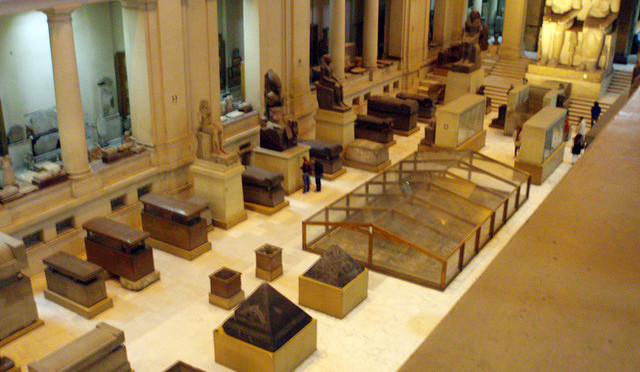One of the obvious highlights of any visit to Cairo is a trip to the Museum of Egyptian Antiquities, commonly known as the Egyptian Museum. With an almost incomprehensible number of priceless antiquities, including the famous Tutankhamun gold and the mummy of Ramses II, you can easily while away an entire day or two there.
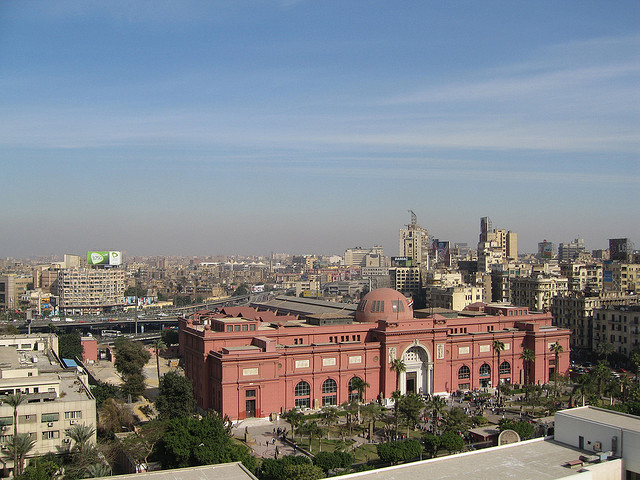
As someone who is kind of a museum junkie and also spent her childhood hoarding copies of National Geographic that featured Egyptian antiquities, I have some complicated feelings about the Egyptian Museum.
On the one hand, it is an amazing collection. There are more than 136,00 exhibits on display, and an estimated 40,000 more in the basement. The oft-repeated statistic is that if you spent one minute on each object, it would take you nine months to see the entire collection. Some of the country’s big-ticket items are missing – notably, the Rosetta Stone and a fragment of the Sphinx’s beard are in the British Museum, a bust of Nefertiti is in the Egyptian Museum of Berlin, and the Seated Scribe is in the Louvre – but that’s a discussion for another day.
On the other hand, while the collection is truly world-class, the Egyptian Museum has some serious short-comings. When I first visited the museum in 2007, I was both fascinated and horrified by its rummage sale feel. Priceless antiquities were everywhere, many of them completely exposed to tourists’ wandering hands and the whims of the birds fluttering in the halls.
When Marc and I visited the museum, I found it to be much more orderly than I remembered, and with many more guards to stop people from getting too close to the artifacts or taking pictures.1
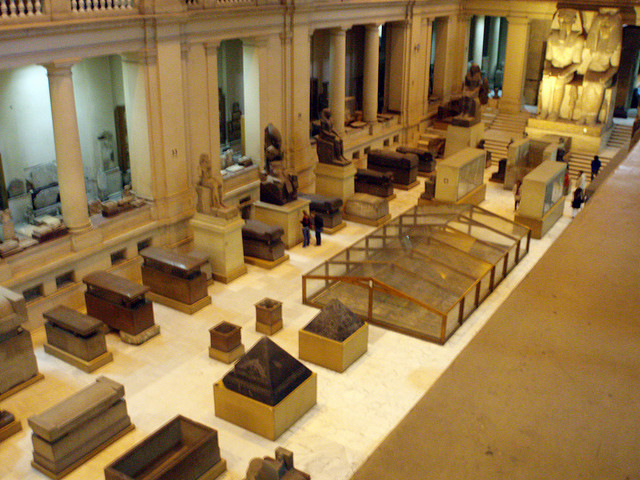
That said, it remains far from perfect: some of the artifacts are labeled well, some are labeled poorly, and still more are not labeled at all. There are cases on the upper level that consist of row after row of pieces with no explanation whatsoever. The sheer numbers of these artifacts are fascinating, especially when they are all displayed together, but the average viewer would get so much more from the display if some basic information were to be provided.
Oh, and there are some scenes like this one:
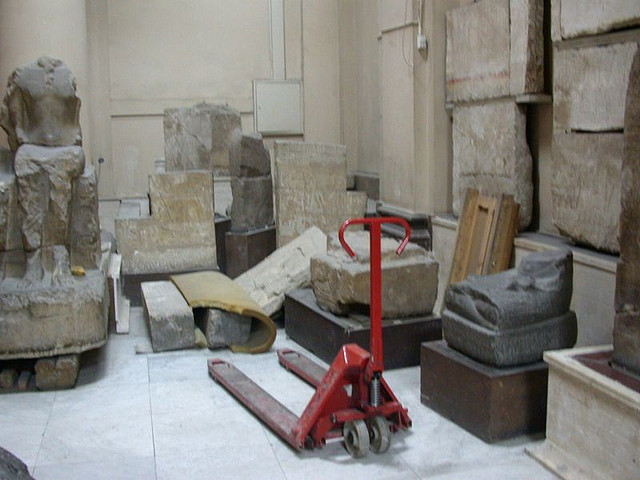
By next year, however, all of this might be moot. The new Grand Egyptian Museum is scheduled to open in Giza in 2015. Certain artifacts are being moved to this new, modern museum, but I am unclear what this means for the continued existence of the Egyptian Museum.
Unfortunately, the museum looks different than it did during my 2007 visit in part because it was broken into during the 2011 revolution. Looters reportedly made off with 18 artifacts, although other reports say as many as 50 objects were taken.2 A number of the stolen pieces made their way back to the museum, many of which were found not far from the museum itself, and these pieces – as well as pieces that were damaged but not stolen – have been restored as best as possible and displayed with notations about their disappearance and recovery. Of course, objects remain missing or shattered beyond repair, including, horrifyingly, human remains.
During our visit, the museum was exhibiting a display of recovered objects. Because repatriation of cultural objects is sort of a pet interest of mine,3 I found this exhibit, which included items looted during the revolution as well as artifacts recovered from museums around the world, to be incredibly interesting.
My personal interests aside, the headliners of the Egyptian Museum are the mummies and the Tutankhamun exhibit. Some of the more high-profile mummies are kept in the so-called “Mummy Room,” for which you need to purchase a separate ticket. The museum’s collection of mummies, however, is far too large to fit inside the Mummy Room. Of everything, it is these other mummies that make me the most uncomfortable. The dark upper hallways of the museum are lined with case after case, stacked nearly floor to ceiling, holding sarcophagi, some of which contain mummies, almost none of which have labels. I can’t imagine that this anonymous public display is the kind of afterlife these people imagined.
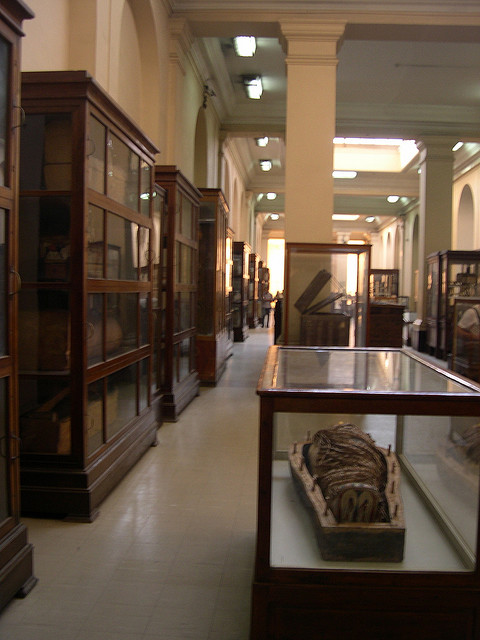
The museum surprised us by closing at 4:30 p.m. (so surprised us, in fact, that we thought we were being lied to), and so we hurried through the Tutankhamun exhibit, ending our visit to the museum in a blur of gold.
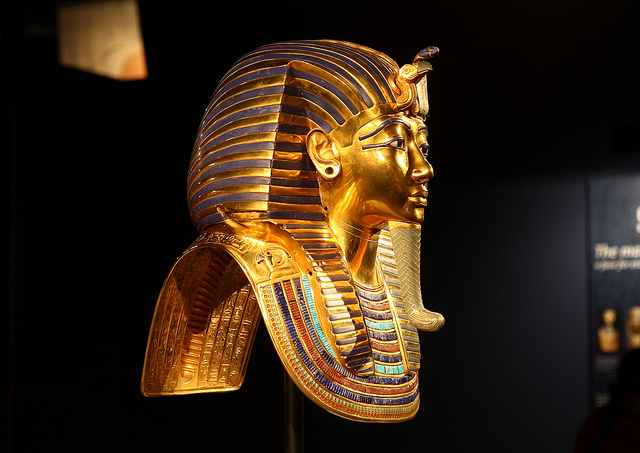
Where We Ate:
☆ McDonald’s. Don’t judge. After a morning on our feet in the hot, airless museum, we needed somewhere close to grab lunch, a seat, and some air-conditioning before we headed back to tackle the rest of the exhibits.
☆ Zooba. Located in the Zamalek neighborhood, this place offers (cheap) upscale street food. There are koshary stations near the front, including whole-grain koshary, but, having done the whole koshary thing already, we gave that a pass and went for an array of small plates: a fresh salad, labna (a thick, yogurt-like dairy product) with olives, “pickled” eggplant (which, not to split hairs, was not actually pickled – it was more marinated), and a ta’amiya sandwich. We drank mango-rosemary juice and hibiscus-lemon juice on the side. We loved it!
1 Photography is not permitted inside the Egyptian Museum. As with the Great Pyramid, I obeyed this rule while clearly not everyone does.
2 The Egyptian Museum made out much better during the revolution than did the Malawi Museum, located in Minya, Egypt, which lost more than 1,000 objects to looters. If you want to see some truly heartbreaking pictures of the destruction, click here.
3 In fact, my repeatedly referenced first visit to Egypt in 2007 was with a law school class where my group studied the illegal antiquities trade.

